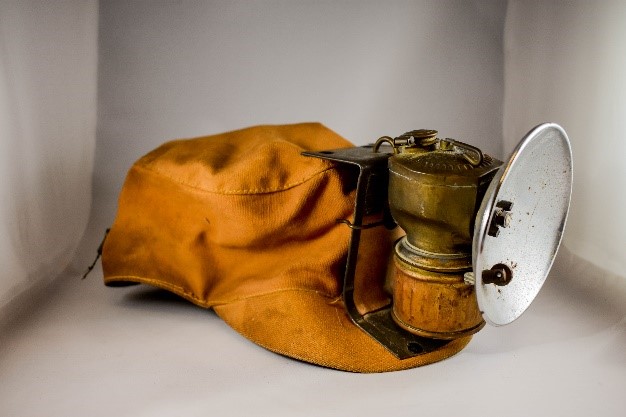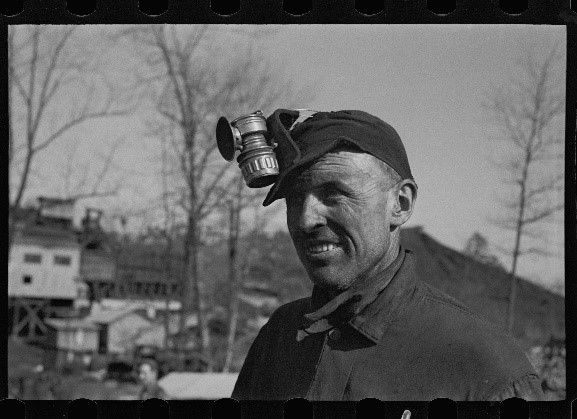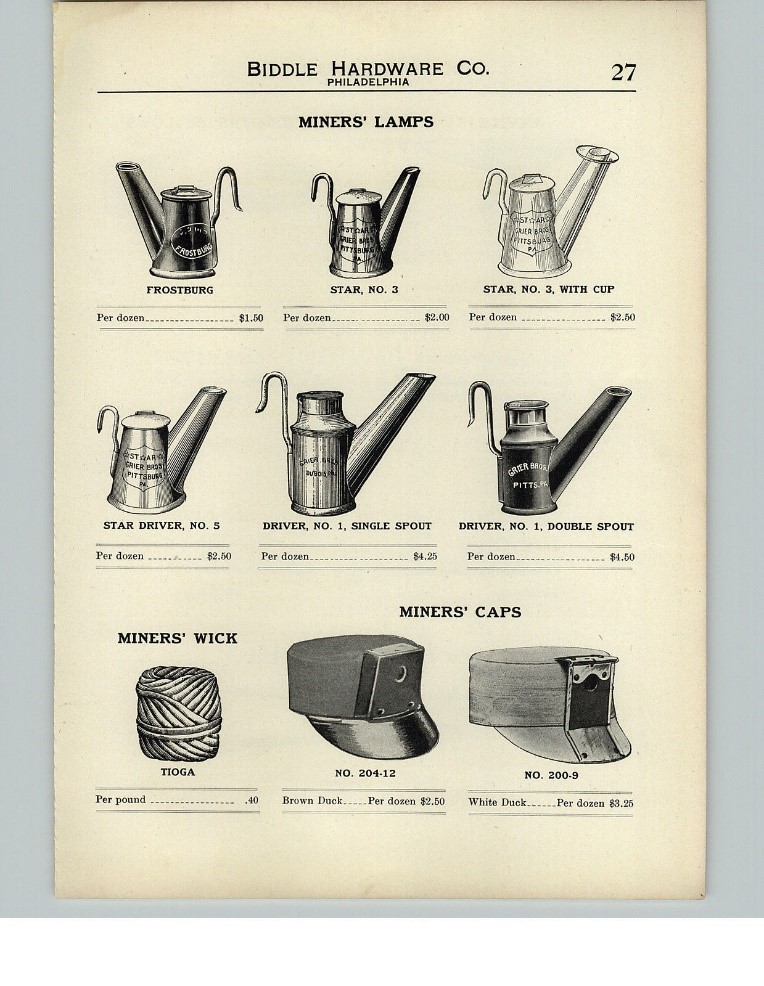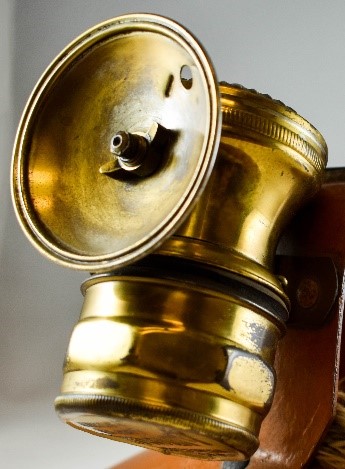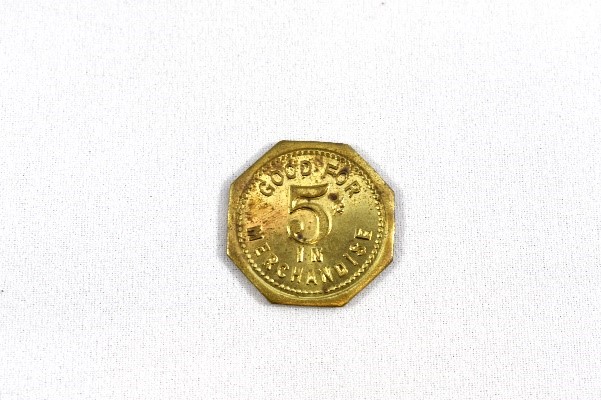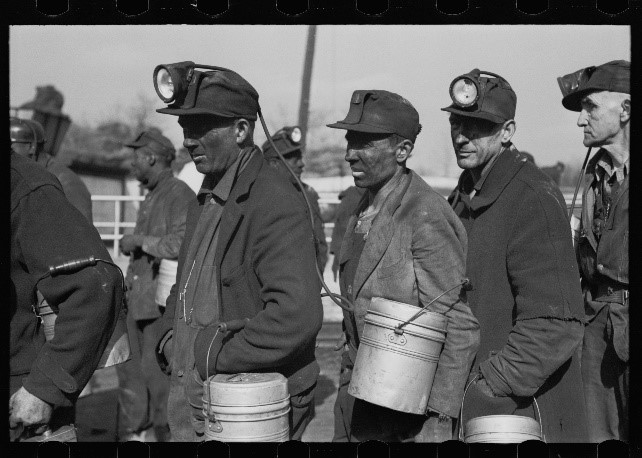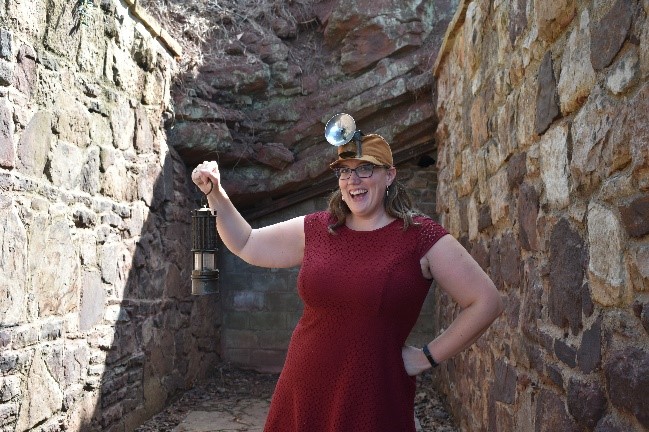In addition to the Mineral Railroad bed (current day Kiwanis Vulcan Trail) and Lone Pine Mine #3 – both here at Vulcan Park, Sloss Furnaces, Red Mountain Park, and even the train tracks that run through the heart of the city are just a few examples of Birmingham’s evident industrial history.
Having access to this rich history is great, however, not everyone is able to visit these sites.. And that’s why Vulcan Park and Museum, funded by the Junior League of Birmingham, put together its series of Traveling Trunks to take Birmingham’s history TO schools and any other educational institutions. Take a look!
 |
 |
It’s like your grandmother’s attic, but without the dust and spiders (and with a Teacher’s Guide for educational activities!)
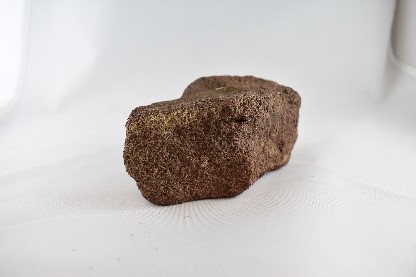 |
 |
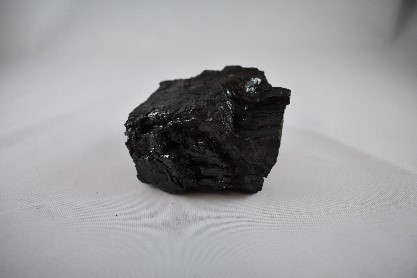 |
These are the rocks that started it all. The location of Birmingham was chosen when Chief Engineer, John T. Milner, planned for the Alabama and Chattanooga Railroad to intersect the South and North Alabama Railroad in Jones Valley. Investors saw potential for a new city based on an iron and steel industry as the three ingredients (iron ore, limestone and coal) could all be found within a few miles of each other. In 1870, investors in the company bought the farmland in the area around the planned railroad intersection and then officially founded the City of Birmingham with the formation of the Elyton Land Company in January 1871.
One of these hats could actually protect your head, the other just holds on the lamp. I bet you can guess which is which! Both helmets above are featured with a carbide headlamp. More on that below.
Images courtesy of Library of Congress
Exposure of the open flame to flammable gases and other dangers made mining a risky venture and cost many people their lives in the city’s early history. Not to mention, it’s a good reason to ask your coworkers for some space

